What Does It Take To Make a Microdrama?What Does It Take To Make a Microdrama?
You may have heard of vertical series, those fast paced microdramas designed for your phone screen, but you might not realise just how far they’ve come in a short time. These short form stories, packed with larger than life characters and eye catching titles, were once dismissed as amateur or gimmicky. In the early days, the critiques weren’t entirely wrong, flat lighting, rushed storytelling, and a sense that it was all just a fleeting trend. But those days are over.
Mini series and vertical dramas have evolved into a serious and innovative storytelling format. In this blog, we’re pulling back the curtain to show you exactly what it takes to bring a vertical series to life and why it’s no longer just a trend, but a new chapter in entertainment.
A Special Kind of Crew
Creating a mini series takes a very specific kind of team. Unlike traditional formats, vertical storytelling has its own rules, its own pace, and its own visual language. That’s why we at Sea Star Productions build our teams from professionals who’ve worked on feature films, commercials, and high end television. We believe vertical series deserve the same level of craft and care as any Hollywood production.
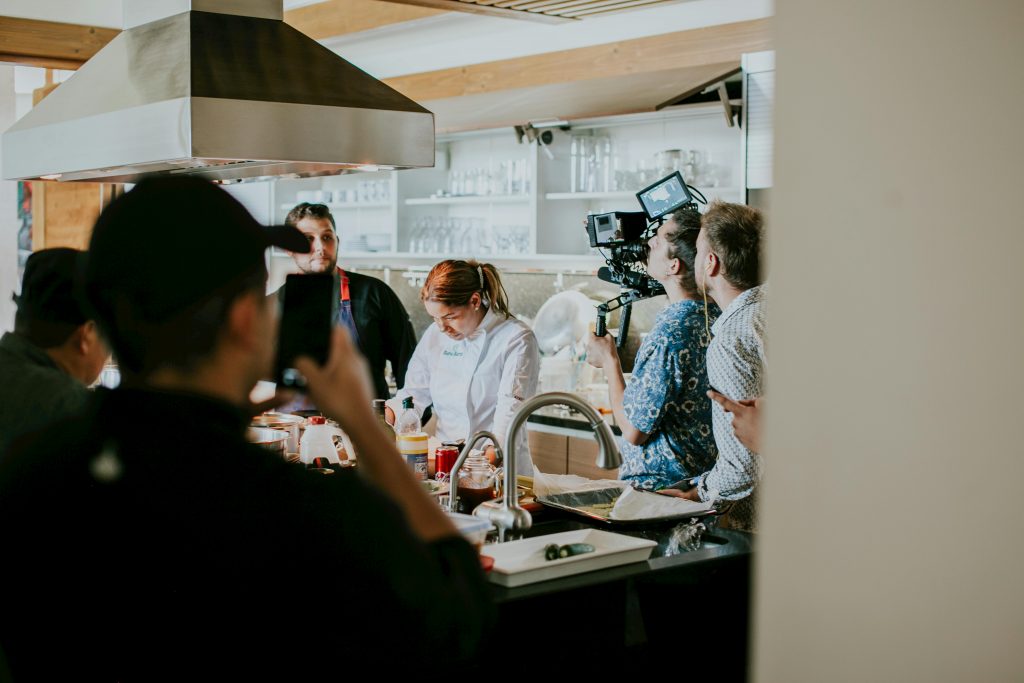
A Cast That Can Carry It
Vertical acting is no small feat. It demands big emotions, heightened performances, and a deep connection to character all within a tight frame and an even tighter runtime. For many actors, it feels like an acting workout: the challenge of staying grounded in a world that moves fast and feels larger than life. The result? Performances that are as powerful as they are intimate.
The Clock Is Ticking
Behind the camera, vertical production moves fast, lightning fast. To put it in perspective: a short film might shoot a page of script a day; a high end TV show, maybe half a page. Vertical series? We often shoot 14 to 15 pages a day. That speed demands a razor sharp team of Assistant Directors and Production Assistants who keep everything on track, from the first call to the final wrap. Without them, the magic wouldn’t happen.
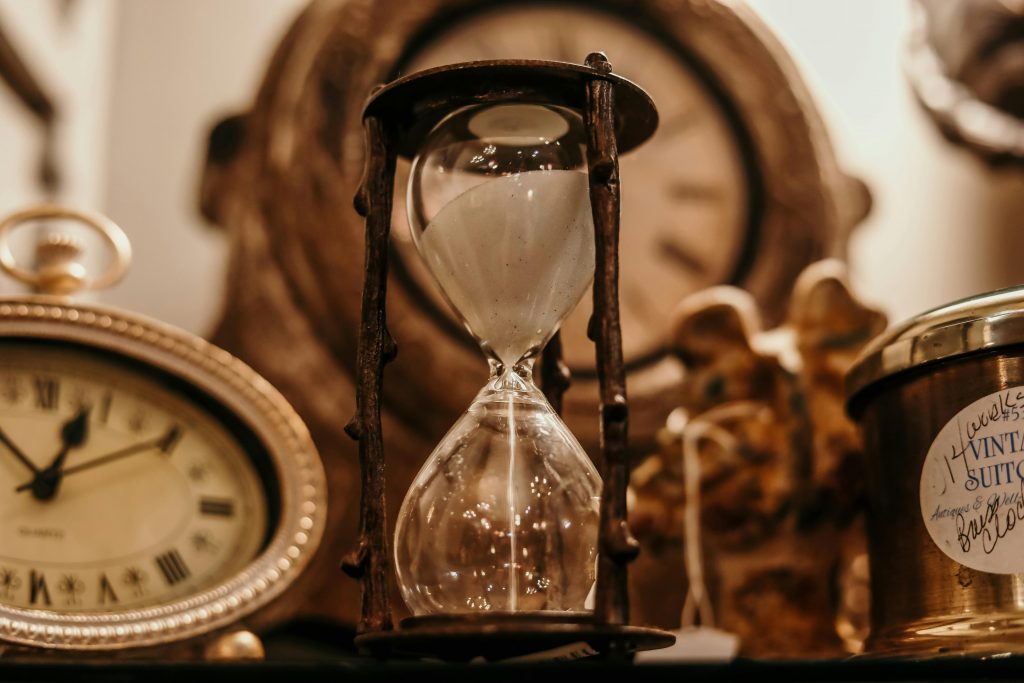
Hourglass and vintage clocks represent the passing of time.
Conclusion
Microdramas may live on a small screen, but they require big talent, big vision, and even bigger dedication. The format has matured and it’s here to stay. Contact us if you’d like to learn more about what it takes to make a vertical series.







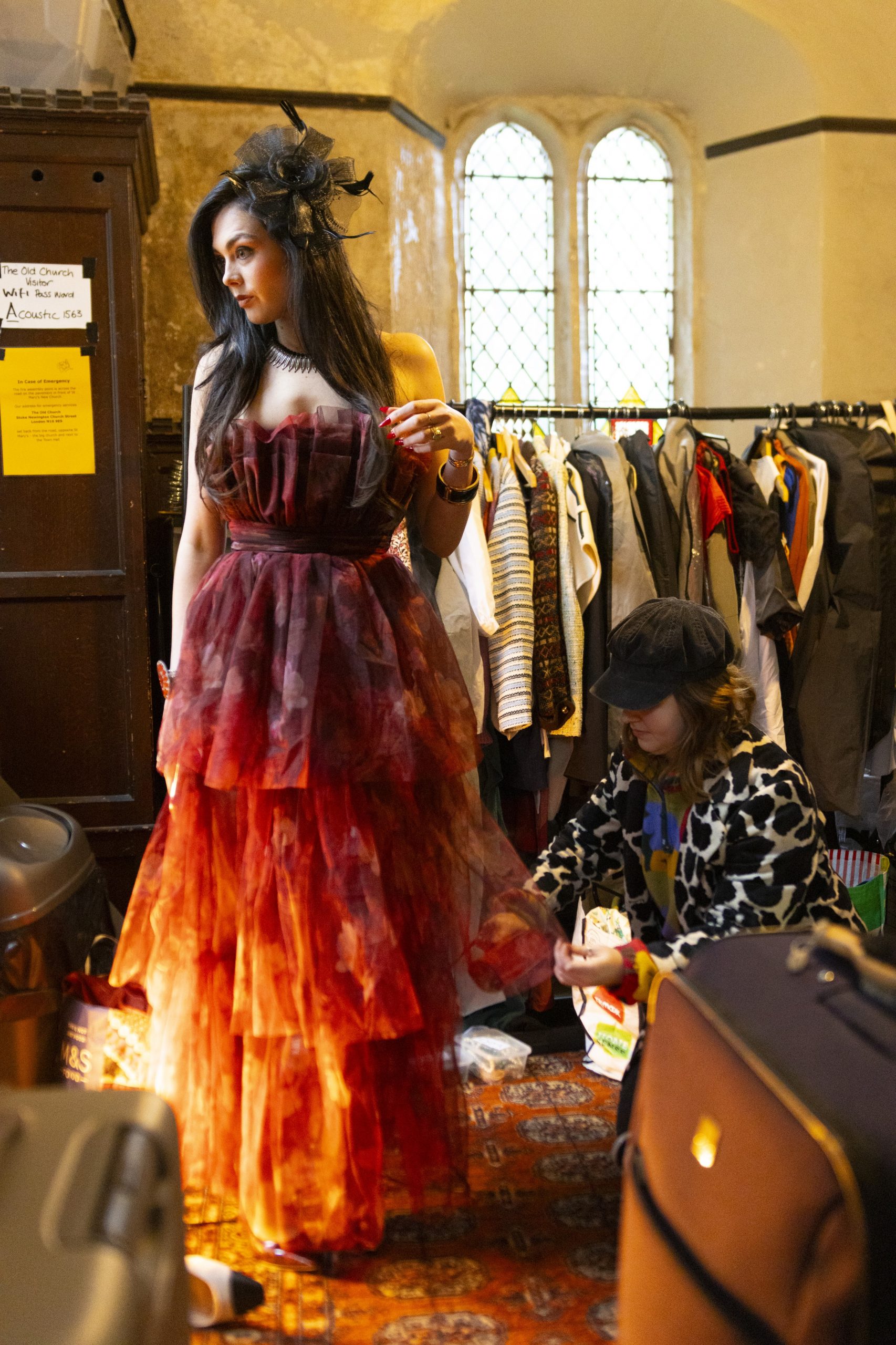
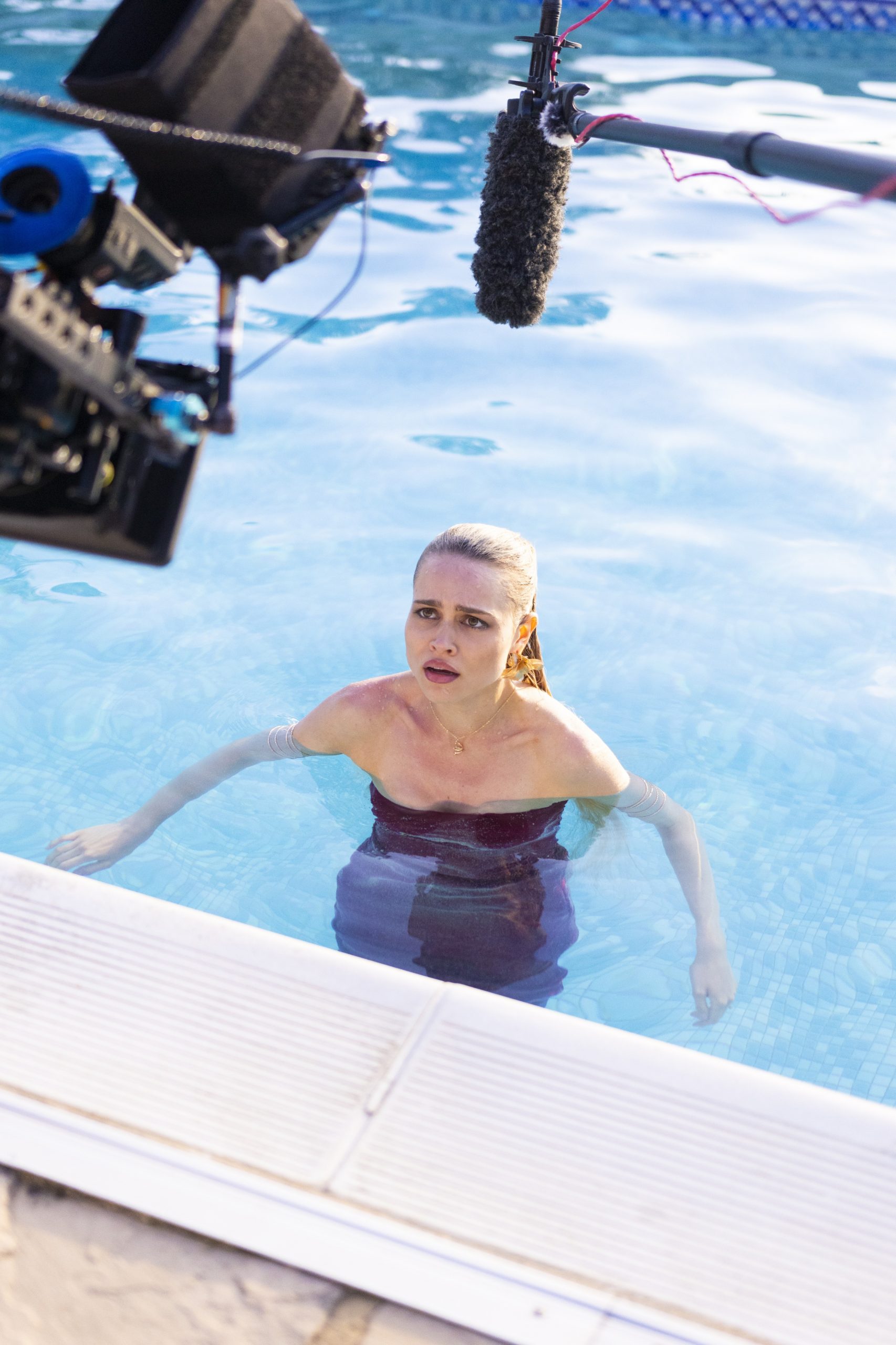
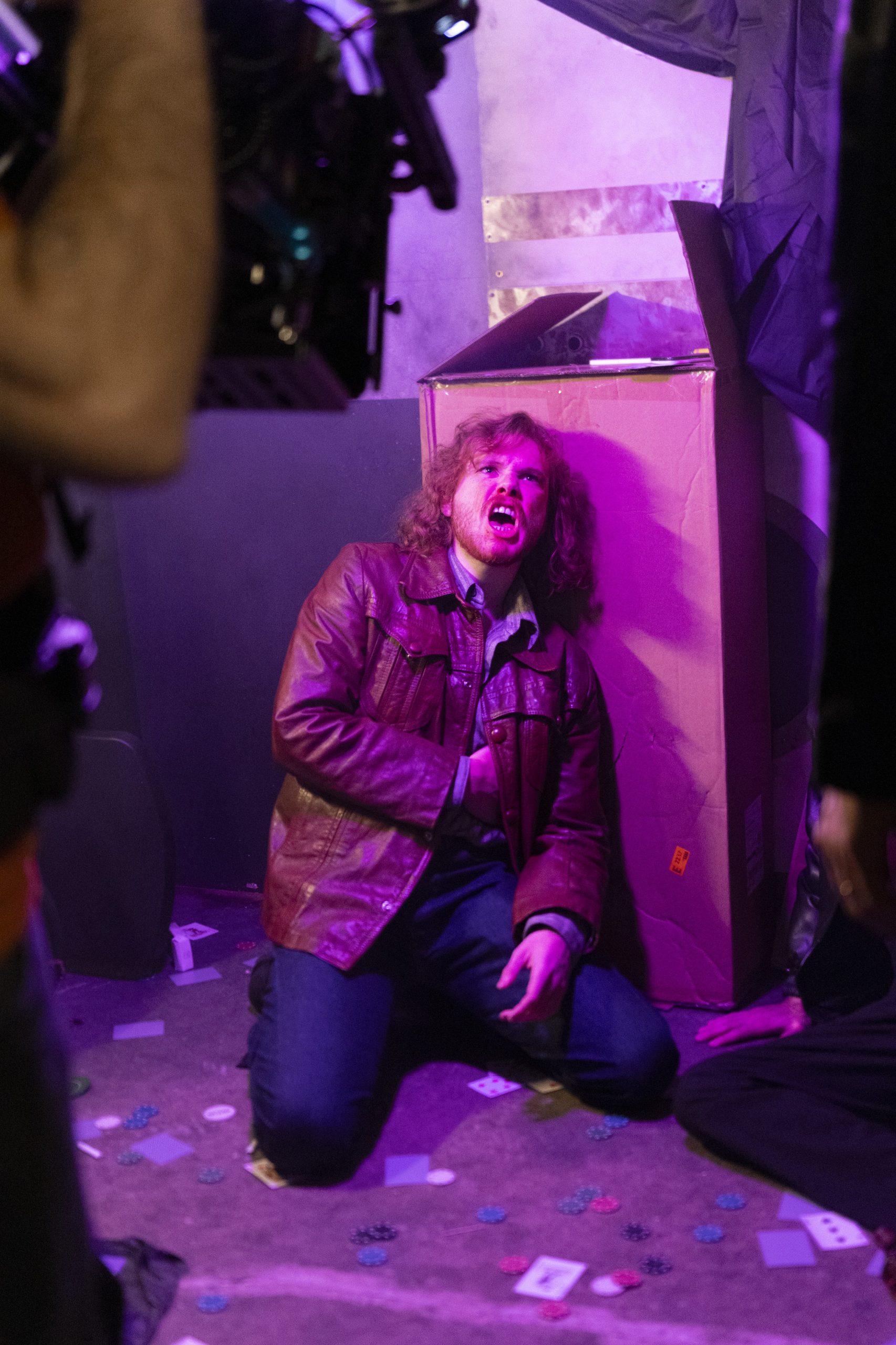
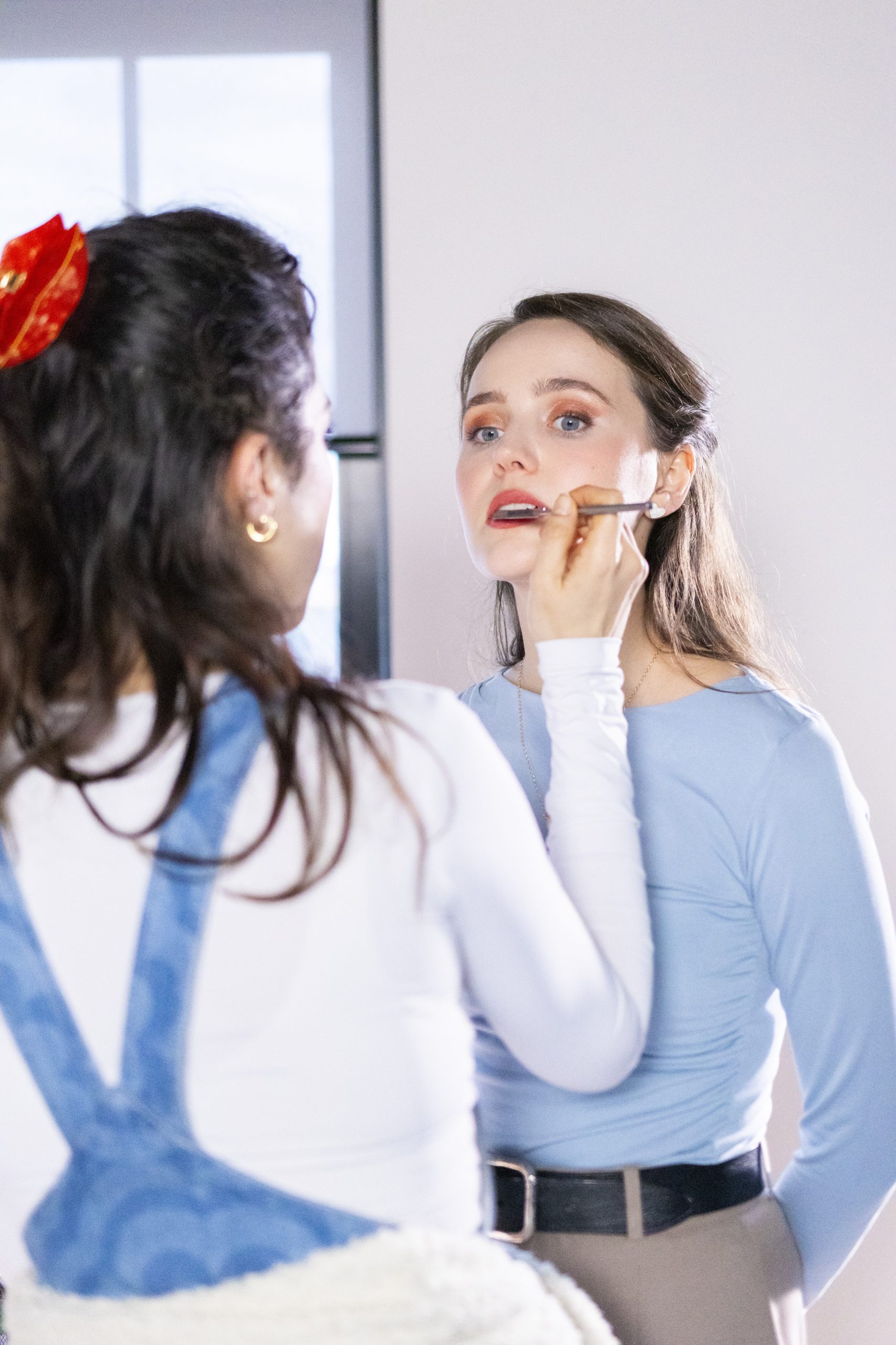
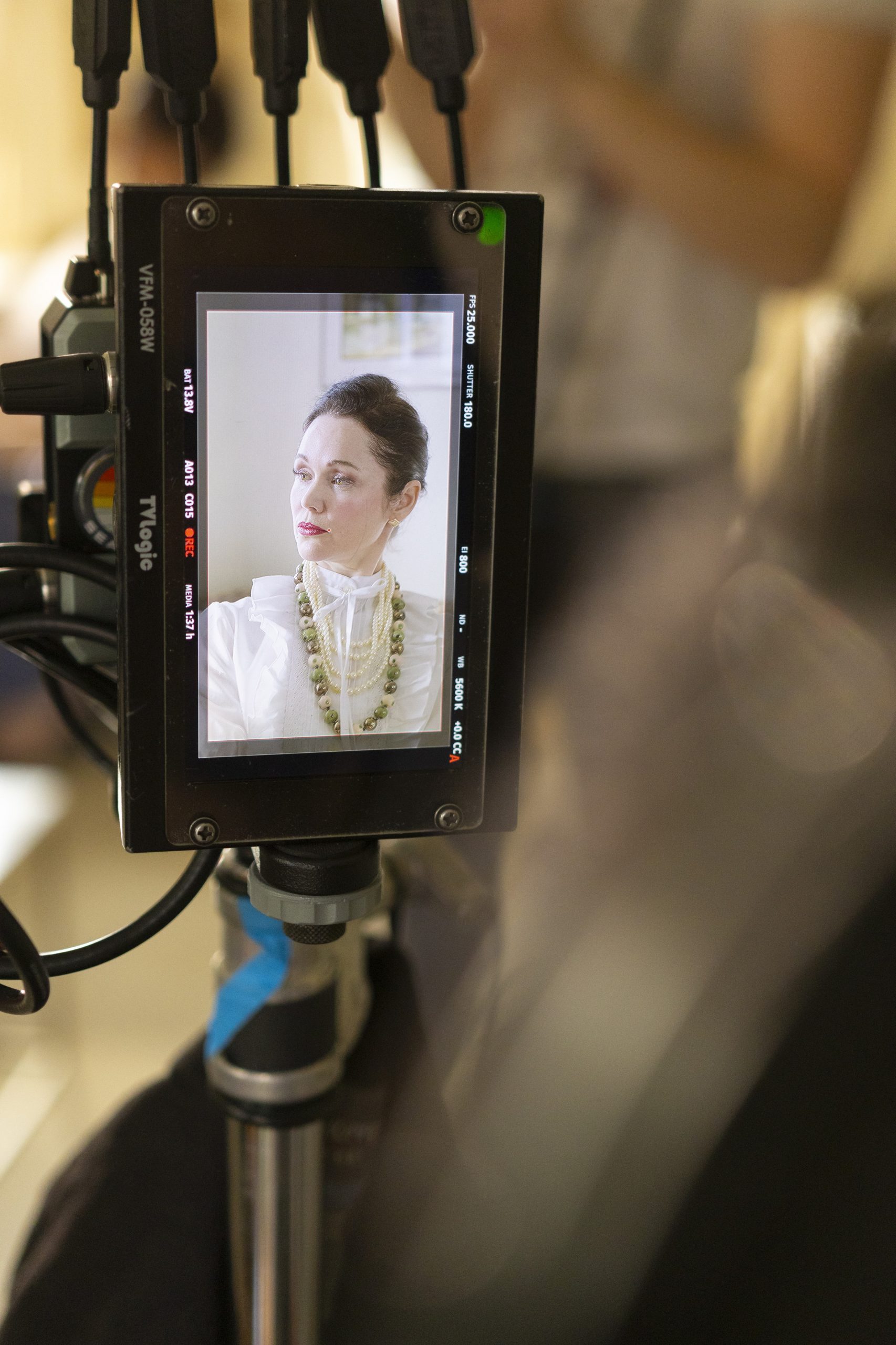
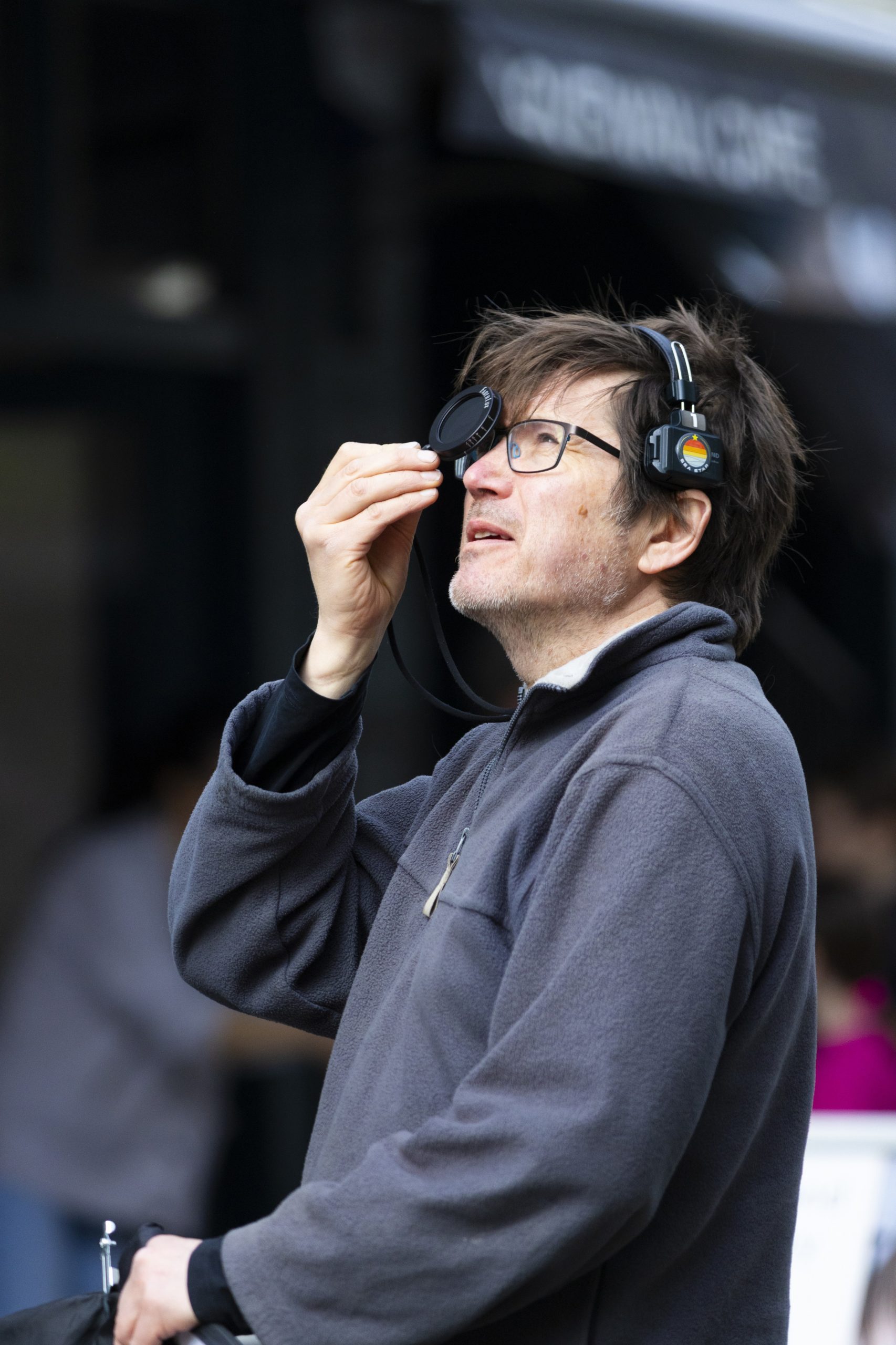
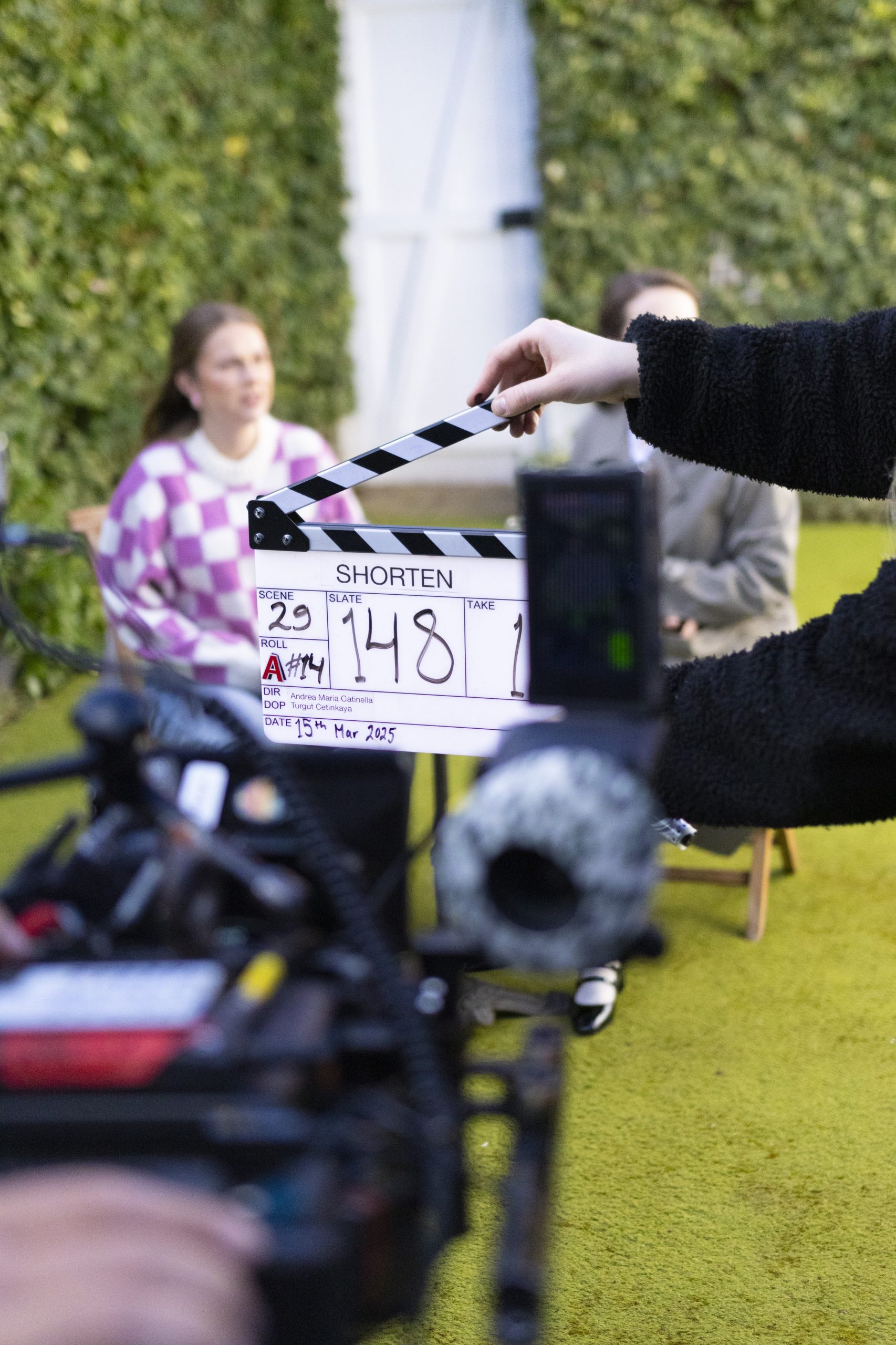
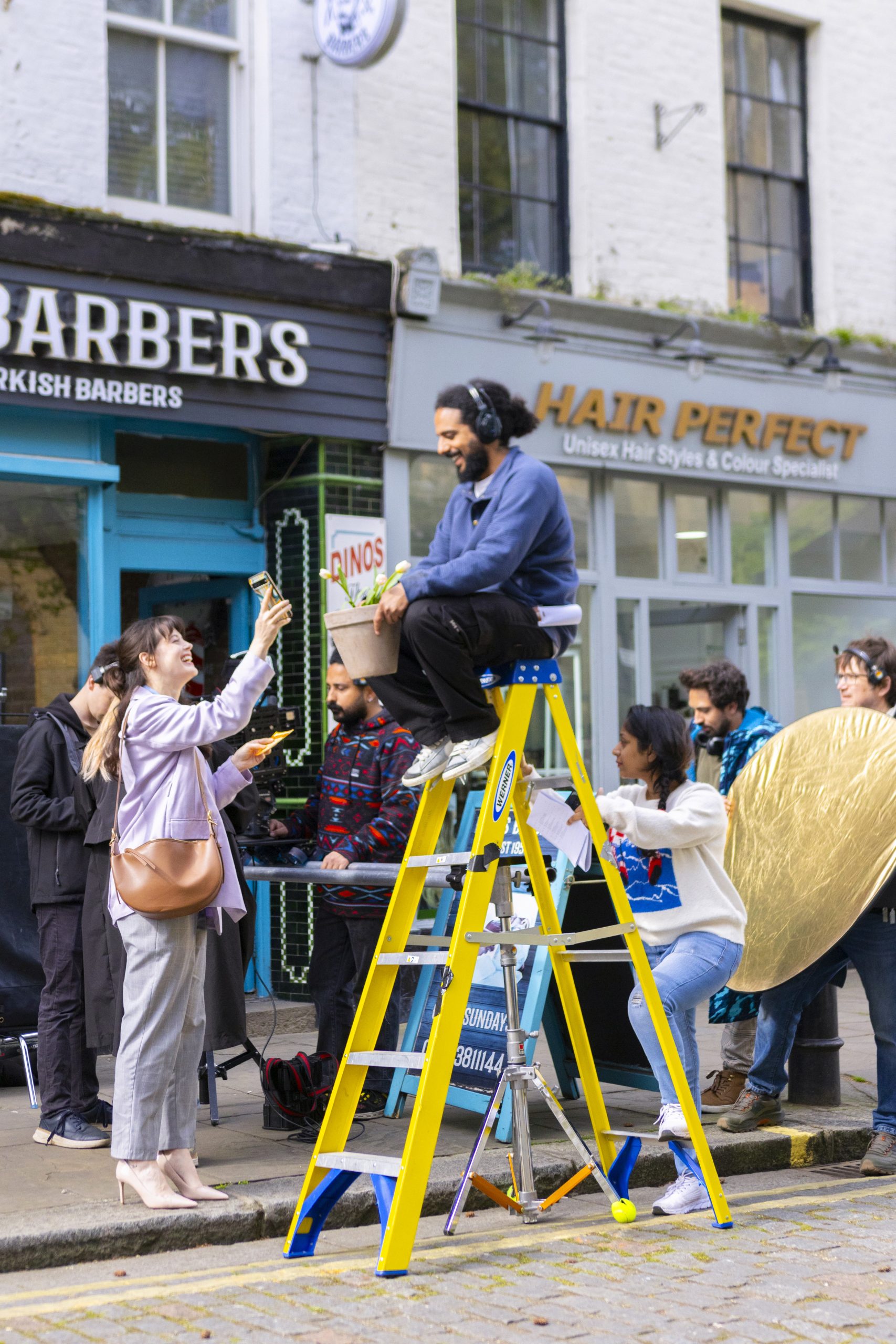
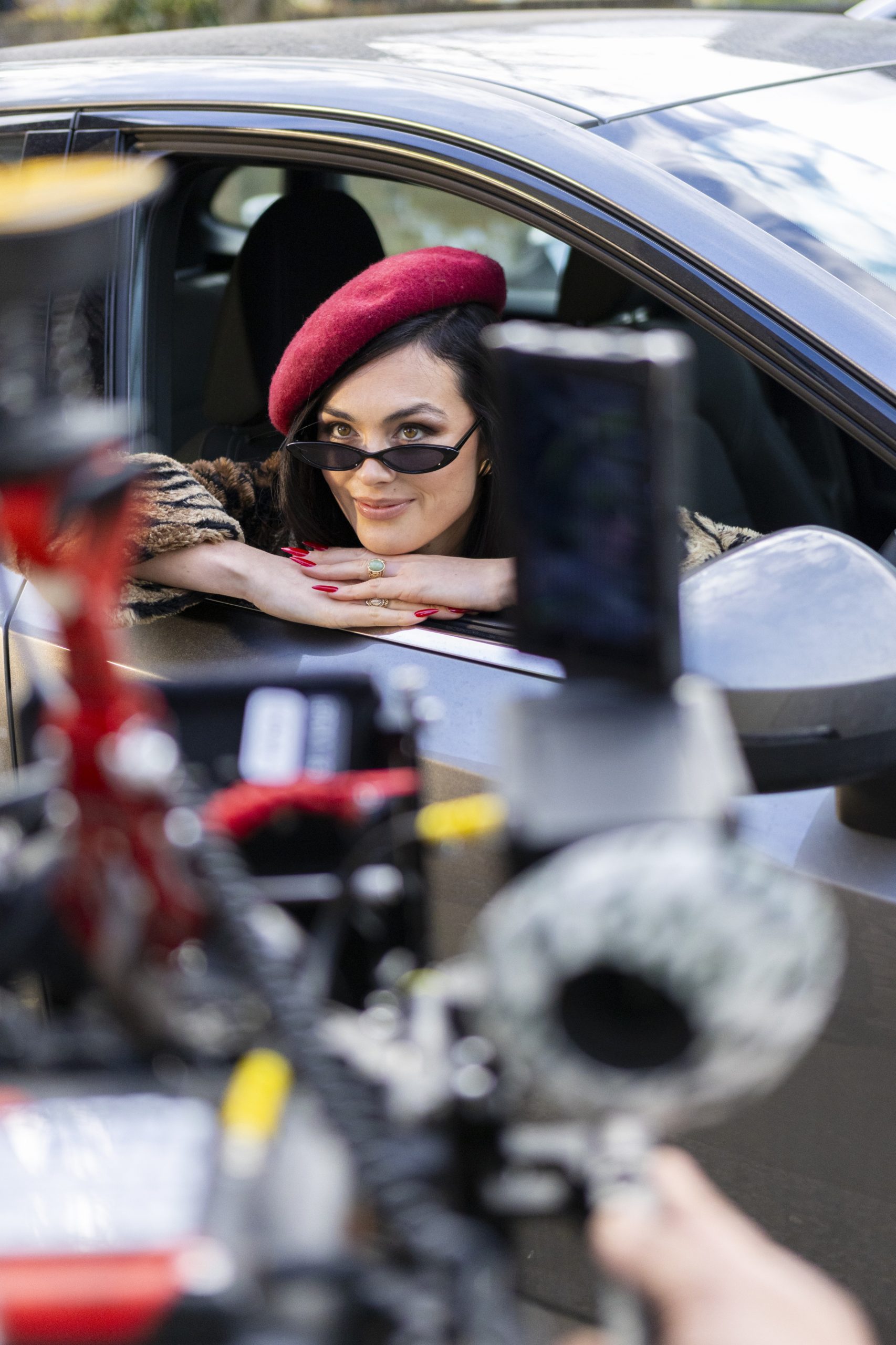

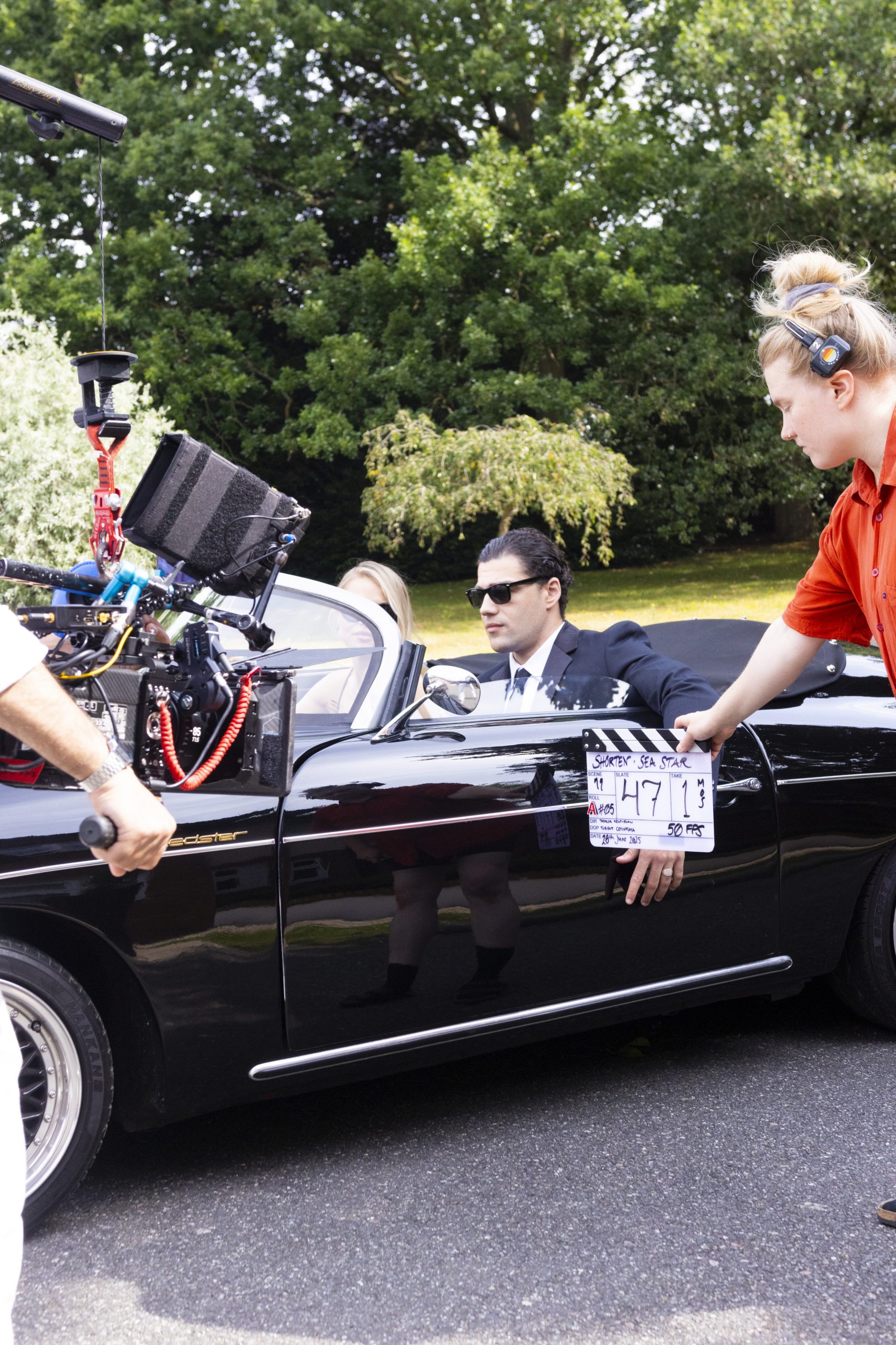
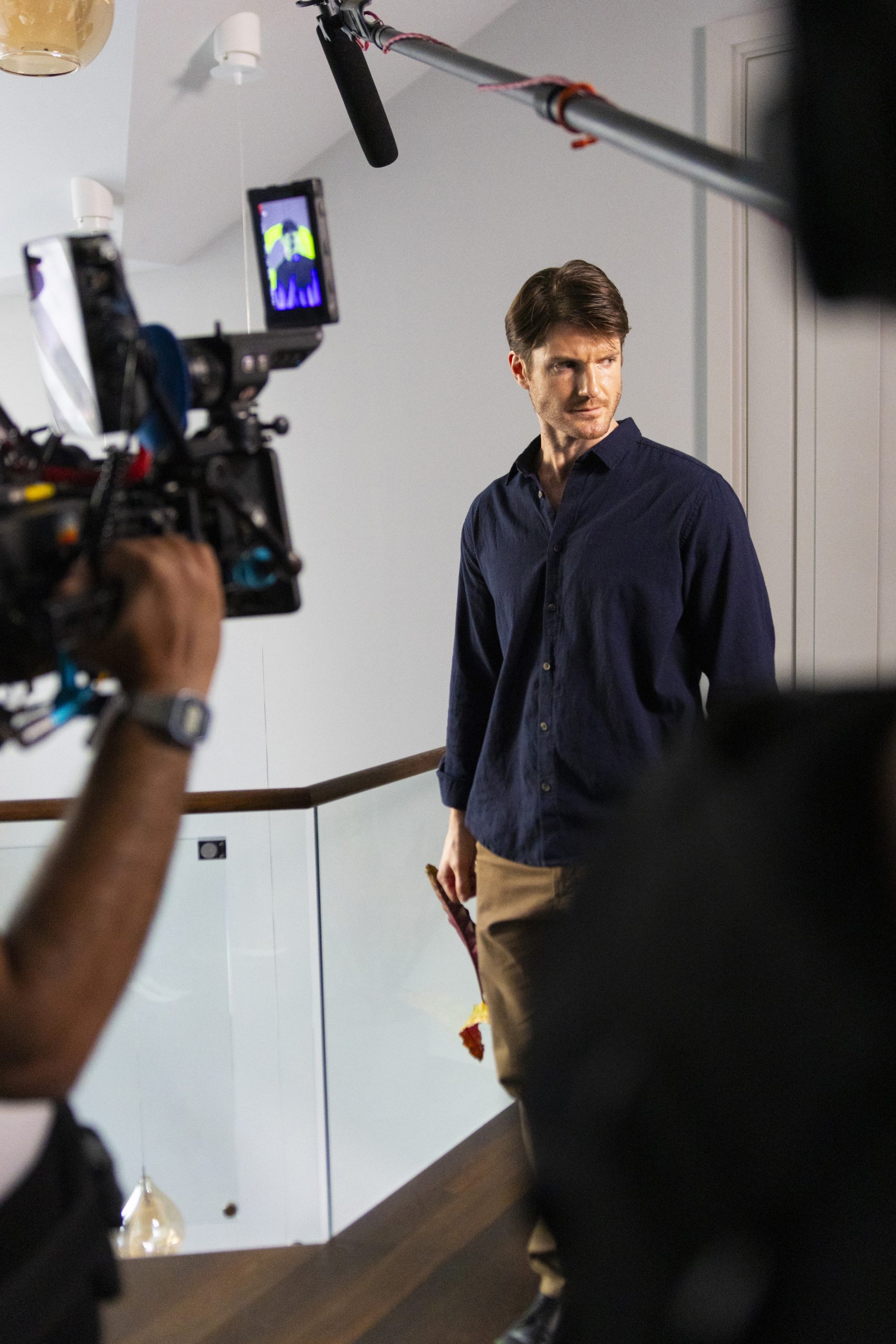
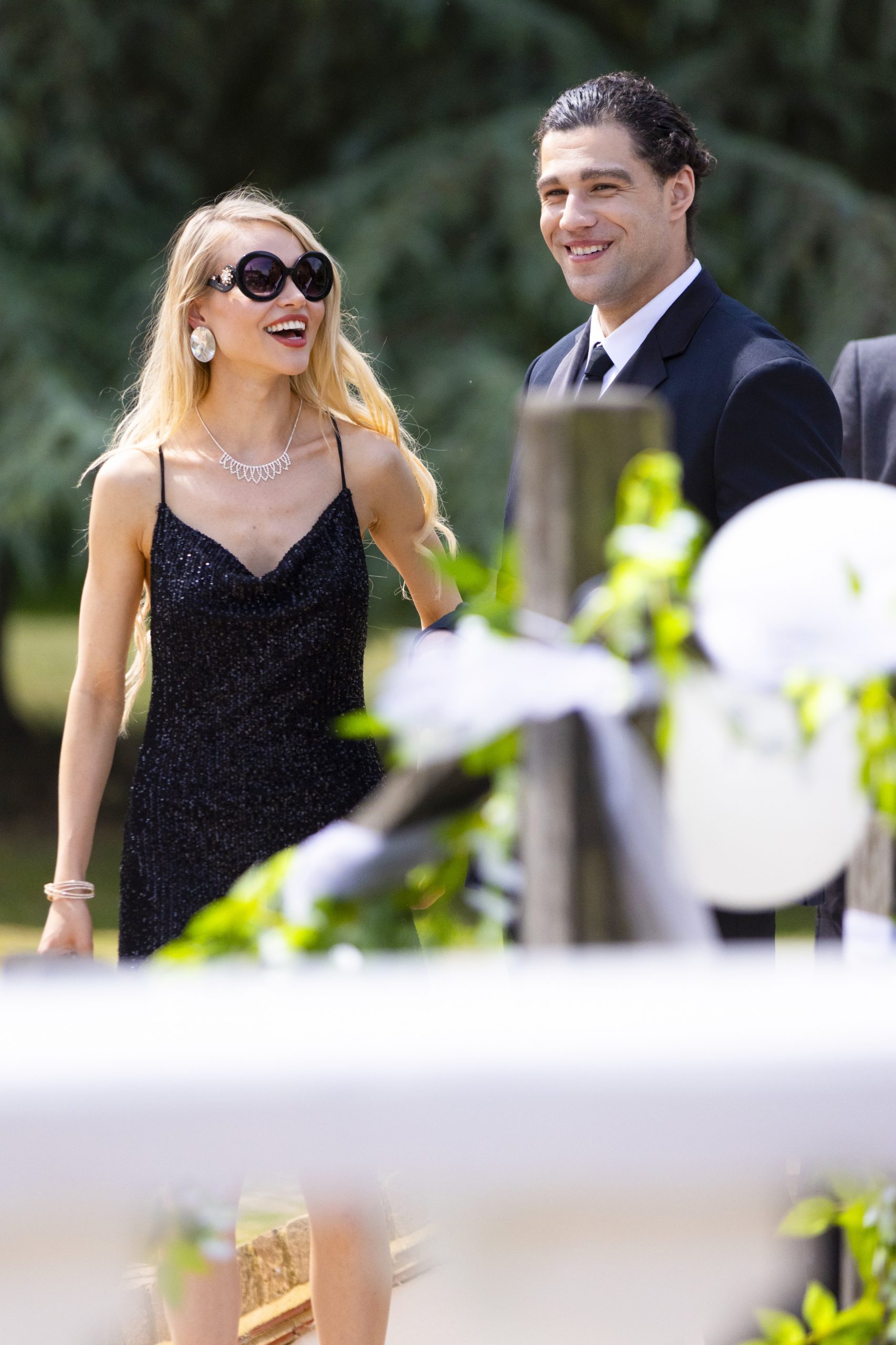
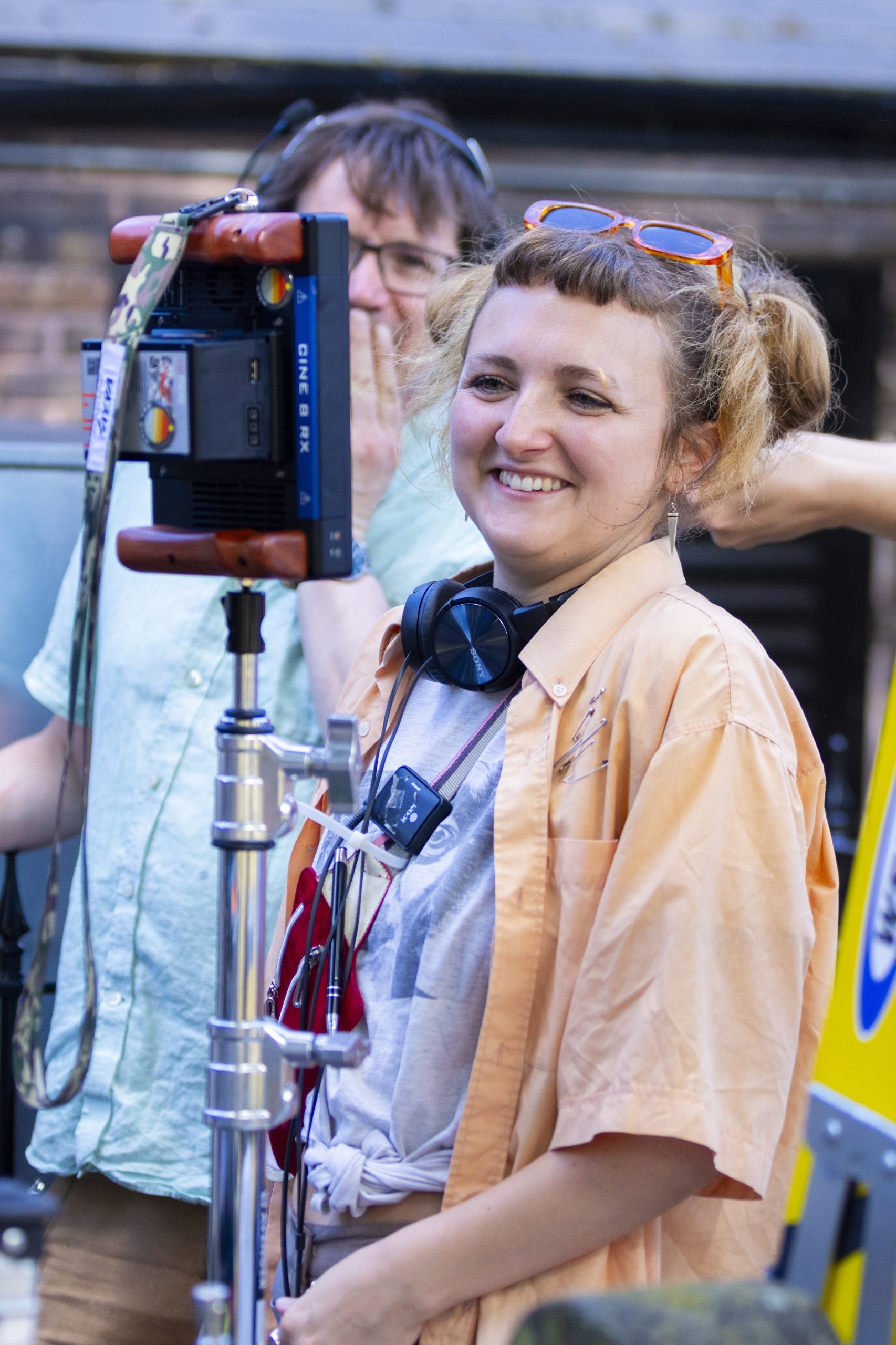
Leave A Comment